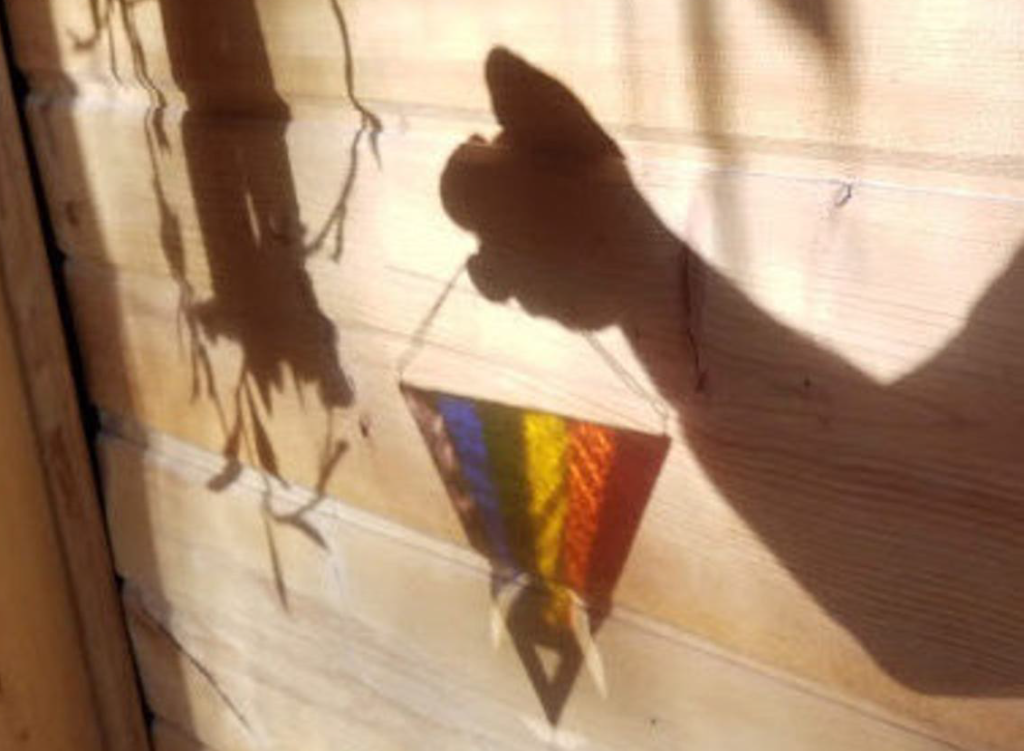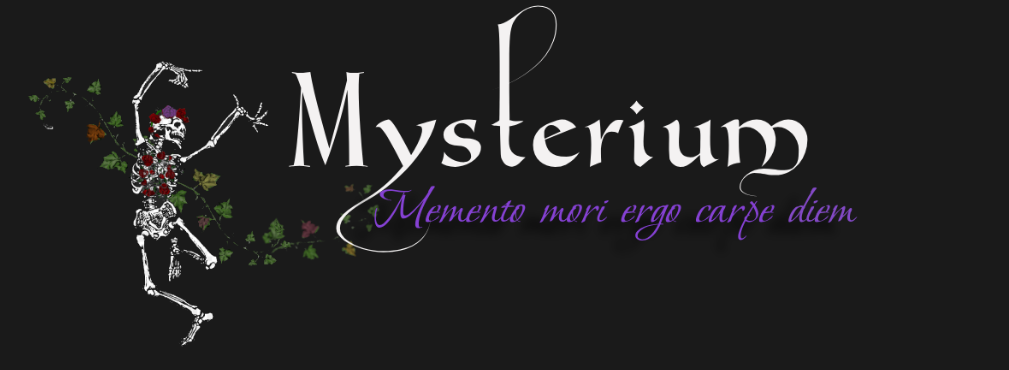
Terror Management Theory proposes that humans experience a fundamental psychological conflict between the instinct of self-preservation and the understanding that death is both inevitable and, to some extent, unpredictable; a state described as mortality salience. TMT is based on the pioneering theoretical work of anthropologist Ernest Becker, whose Pulitzer Prize-winning 1973 book The Denial of Death argued that mortality salience drives most human action – and thus, much of human civilization.
TMT also proposes the schema of symbolic immortality as a coping mechanism in the face of mortality salience. The term “symbolic immortality” was coined by Harvard psychiatrist Robert J. Lifton and his colleague Eric Olson.
Lifton and Olson identify five primary methods or modes of transmission of symbolic immortality, which can be summarized as:
- the theological (religious teachings on the supernatural survival of soul)
- the biological (genetic and ephemeral family heritage)
- the creative (long-lasting artistic, scientific and/or benevolent achievement)
- the natural (via participation in the eternal cycles of the material universe)
- the experiential (transcendental experiences of timeless insight).
The Way of Life and Death can be considered as a symbolic immortality system within which mortality salience is the first stage, followed by an immersion in what might be described as mortality sapience (q.v. legacy projects). Quoting Sam Keen’s introduction to the current edition of The Denial of Death:
Becker sketches two possible styles of nondestructive heroism (…)
For the exceptional individual there is the ancient philosophical path of wisdom. Becker, like Socrates, advises us to practice dying. Cultivating awareness of our death leads to disillusionment, loss of character armor, and a conscious choice to abide in the face of terror. The existential hero who follows this way of self-analysis differs from the average person in knowing that he/she is obsessed. Instead of hiding within the illusions of character, he sees his impotence and vulnerability.
The disillusioned hero rejects the standardized heroics of mass culture in favor of cosmic heroism in which there is real joy in throwing off the chains of uncritical, self-defeating dependency and discovering new possibilities of choice and action and new forms of courage and endurance. Living with the voluntary consciousness of death, the heroic individual can choose to despair or to make a Kierkegaardian leap and trust in the “sacrosanct vitality of the cosmos,” in the unknown god of life whose mysterious purpose is expressed in the overwhelming drama of cosmic evolution.
Within this Way of Life and Death, this notion of “disillusioned, nondestructive” heroism is expressed by the motto memento mori ergo carpe diem, symbolized by the skull and roses motif and embodied via ritual. Every theme and aspect of this Way is a step towards taking the Kierkegaardian leap.
